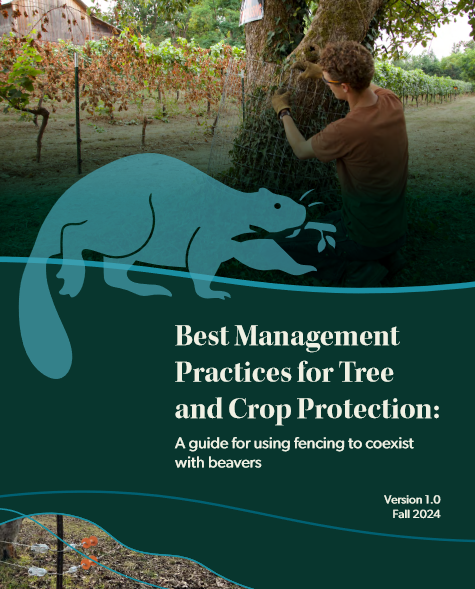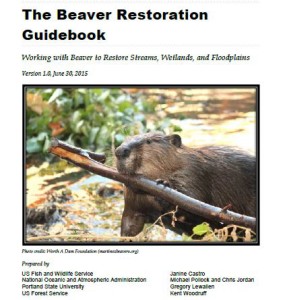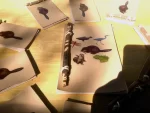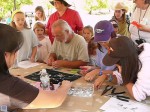I know what you’re thinking.
Because of the last five glowing articles I posted about beavers you’re probably thinking, hey beavers have arrived! People everywhere understand how great they are! That woman can probably stop writing sad news about them every day and take up knitting or basketry!
But if you were thinking these things, you’d be wrong.
County works to trap, kill beavers in Lake Terrapin
The days are numbered for beavers that have made their homes in the Lake Terrapin neighborhood. Prince William County officials on Monday began getting ready to trap them.
“We know they’re in there, We just have to find them” Said once city official,
I would quote more but this morning the entire story is behind a paywall and I can’t find more details. Lake Terrapin is in Virginia. And the reporter believes that the beavers are living in the dam so I set him gently straight last night before the entire report disappeared. Never mind. We know what it says. We can imagine some woman says she doesn’t want them killed – just moved – and then someone from fish and game is quoted as saying beavers can’t be moved because it just moves the problem somewhere else.
This ain’t our first rodeo. We know the story. We know this story from CT too.
Complaints on the Rise, DEEP Offers Guidance on Beavers
The number of beaver-related nuisance complaints filed with the state Department of Energy and Environmental Protection (DEEP) over the past three years rose from 113 in 2016 to 163 in 2018. Another 150 complaints have already been filed this year.
“Beaver complaints are definitely on the rise, and the damage they are causing can be severe,” said Chris Vann, a Nuisance Wildlife Biologist for the Wildlife Division of DEEP.
When a complaint is filed with DEEP, the affected landowner – whether a resident, town or other organization – can apply for a permit to trap the beaver or beavers. Before DEEP will issue a permit, the landowner must prove that the beavers are either causing severe damage or pose a threat to public health and safety. Photographic documentation can be used as evidence for claims of damage, but in the case of septic issues a report by a professional building or health inspector is required.
 Now maybe if you were anyone else but a stats student and beaver advocate you’d see these numbers and say GOSH beaver problems are on the rise! Good think we’re killing so many. But come closer gentle reader because there’s a very interesting finding in these dead beaver charts that I want to point out to you.
Now maybe if you were anyone else but a stats student and beaver advocate you’d see these numbers and say GOSH beaver problems are on the rise! Good think we’re killing so many. But come closer gentle reader because there’s a very interesting finding in these dead beaver charts that I want to point out to you.
The red line is beavers killed. And there are two places it rises sharply. In 2012 and 2016, see that? Basically beaver take increased in those years by nearly 100%. And the following year beaver take declined by only 11 percent.
Meaning you have to do twice as much work to get only a 10% gain, Where else would this statistic be considered convincing? I mean if you increased your business expenses by 100% and then made only 1o percent back that would be a net 90 percent loss right? Most businesses would fold with numbers like these.
Except the beaver killing business. Which does well and is devoid of all goals but one. I mean it doesn’t matter if hiring a security guard makes you a more likely target for robbery next time. You’re not thinking about tomorrow. Just today. Just that one beaver family that is flooding your basement or carport.

Wikipedia tells me that the entire state of Connecticut is 5.567 square miles of which 12.6 is water. That means they get about 11 complaints a year for ever 1 square mile of water they have. We can probably assume that some of those different complaints are about the same beavers. Since a beaver might eat Mrs. Landings maple tree one night and Mr. Todd’s crab apple the other.
“If beavers continue to cause problems residents are definitely allowed to apply for another permit. We have many landowners who apply multiple times,” Vann said.
In the state of Connecticut, there are several professional trappers, but also 35 licensed volunteers spread throughout the state that can help residents with a permit to trap beavers during the offseason. The closest volunteers to Old Lyme are located in Haddam and Clinton, according to Vann.
The offseason stretches from April 1 to November 30. During the other four months of the year it is trapping season for beavers. The fur trade is still big business in Connecticut, Vann said, and there is no limit to the number of beavers that can be trapped per person. According to Vann, each year between 880 and 1,000 beavers are trapped for their fur in Connecticut.
That’s right. We kill 1000 beavers for fur and a couple hundred because they bug us and we still have to pay a government agency to keep track of this for us. Killing beavers is big business. It’s the way things have always been done. If we have more we just kill more. And if we have less we still kill more.
Think of it as ‘sustainable’.
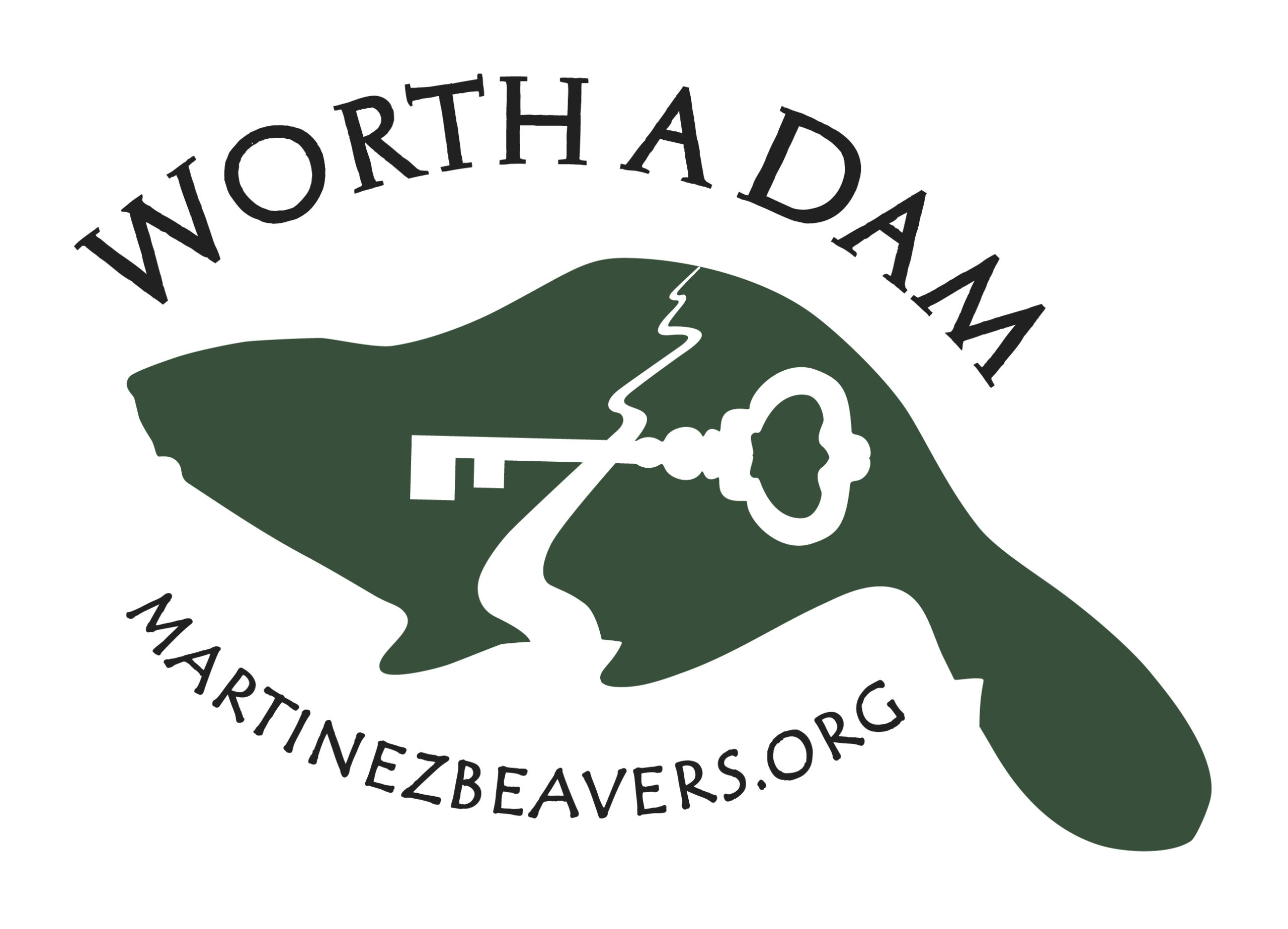

 Surrounded by sagebrush covered hills, seeing flowing water is always good. When the small stream is surrounded by sedges and willows, and the air carries the sound of water tumbling over a beaver dam, it looks even better.
Surrounded by sagebrush covered hills, seeing flowing water is always good. When the small stream is surrounded by sedges and willows, and the air carries the sound of water tumbling over a beaver dam, it looks even better. You might remember Mary as the author of the awesome ‘Beavers of the Mendenhall Glacier book‘. She is a retired university professor of ecology that also does a trails column for the juneau paper. The book has amazing photographs by our friend Bob Armstrong – and one of these is STILL my wallpaper on the computer after more than a decade! When I share it you will understand why. I love it because of the color and the amount of hope it communicates – both in the glacial sunrise and in the sturdy nights effort by the beavers who must know FULL well that dam is going to be ‘beaver-patrolled’ by morning.
You might remember Mary as the author of the awesome ‘Beavers of the Mendenhall Glacier book‘. She is a retired university professor of ecology that also does a trails column for the juneau paper. The book has amazing photographs by our friend Bob Armstrong – and one of these is STILL my wallpaper on the computer after more than a decade! When I share it you will understand why. I love it because of the color and the amount of hope it communicates – both in the glacial sunrise and in the sturdy nights effort by the beavers who must know FULL well that dam is going to be ‘beaver-patrolled’ by morning.
 Living in a rural location inevitably means having a relationship with Mother Nature. And sometimes that relationship gets complicated. Bay Lake residents have been immersed, literally, in just how complicated it can be to live side by side with beavers.
Living in a rural location inevitably means having a relationship with Mother Nature. And sometimes that relationship gets complicated. Bay Lake residents have been immersed, literally, in just how complicated it can be to live side by side with beavers. Not only have the beavers flooded Berggren’s property, his neighbors have all seen the flooding of lawns, as well as trees and shrubs chewed and felled by the beavers. The Ames Open Space Property has also had over 17 acres of land flooded due to beaver activity on Bucky Brook and in a culvert near Whippoorwill Road.
Not only have the beavers flooded Berggren’s property, his neighbors have all seen the flooding of lawns, as well as trees and shrubs chewed and felled by the beavers. The Ames Open Space Property has also had over 17 acres of land flooded due to beaver activity on Bucky Brook and in a culvert near Whippoorwill Road.
 Nion Robert “Bob” Thieriot
Nion Robert “Bob” Thieriot



